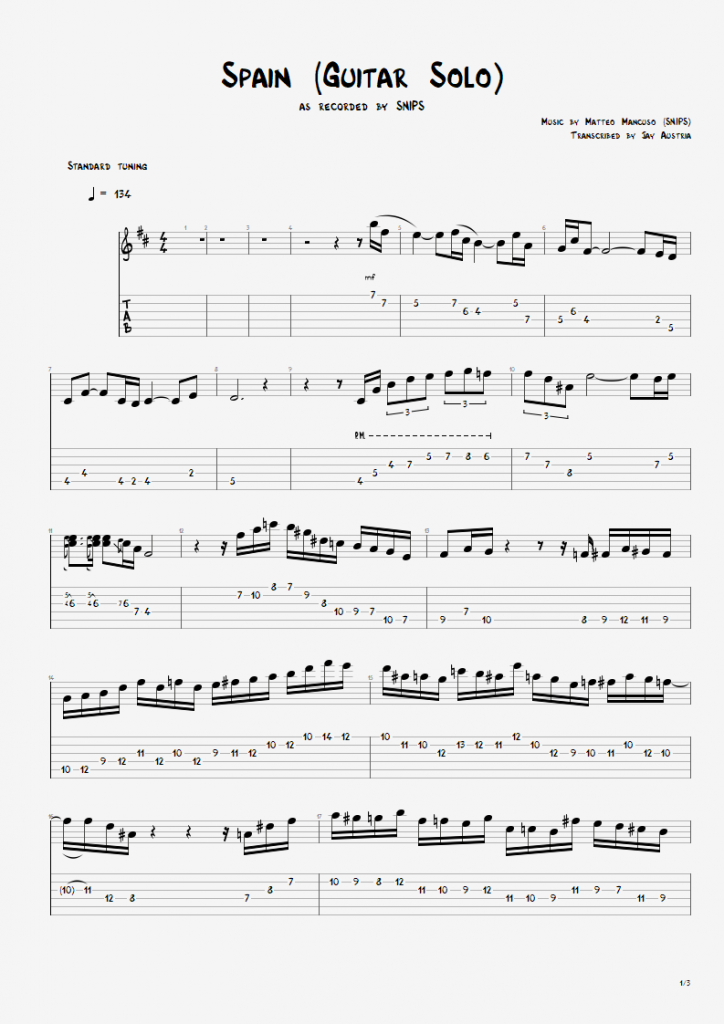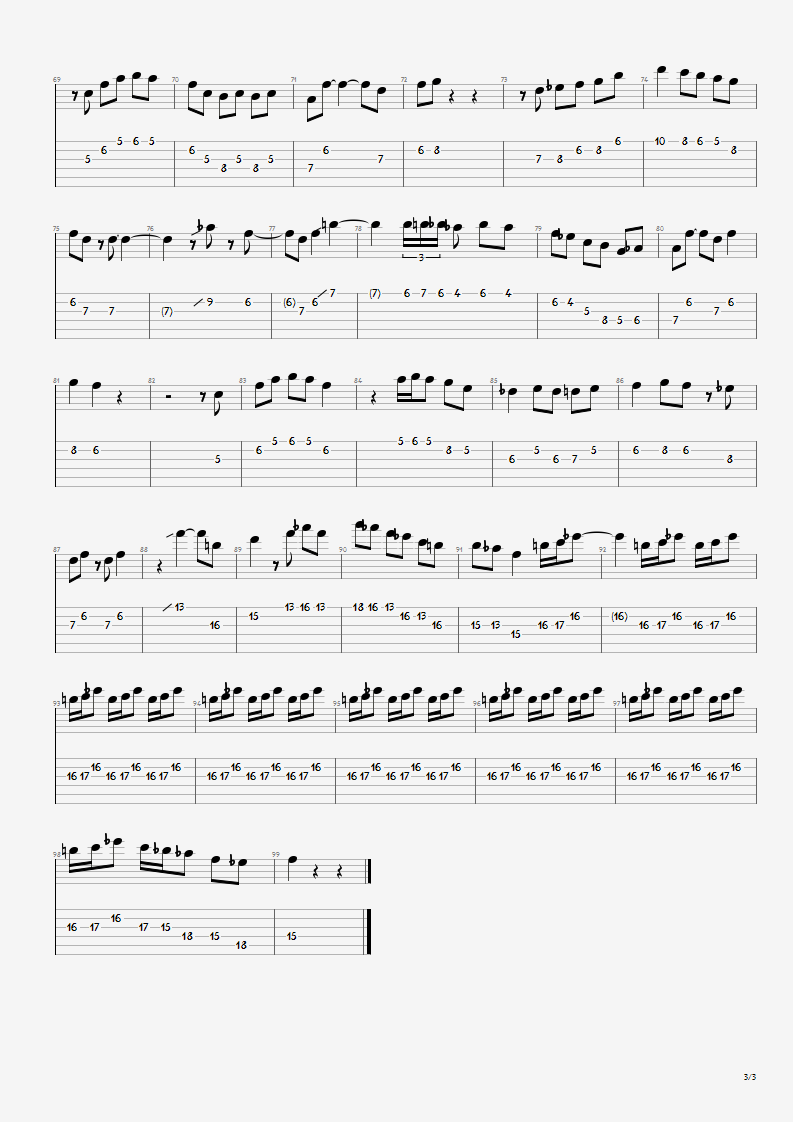I started playing recreational roller hockey in 2014. I was under the impression that roller would be more affordable than the alternative. I joined an adult beginners roller hockey league at Dry Ice in Oakland and played once a weekend between late 2014- mid 2017.
Last summer after we moved to Utah, I decided to give ice hockey a shot. I signed up for an adult beginners ice hockey league at the Utah Olympic Oval and played about once a week through the fall and winter.
Now that I’ve experienced both, I can say that I found ice hockey to be much more enjoyable and more rewarding. I’m pretty sure I will be sticking with ice, but I want to take a deeper look into my original costs concern that steered me toward roller in the first place.
Initial Equipment costs compared (Winner: Roller but surprisingly not by much)
Roller hockey equipment cost estimate:
Helmet and shield: $80
Padded undershirt: $60
Elbow pads: $50
Gloves: $60
Roller pants: $30
Jock shorts: $60
Shin guards: $60
Stick: $50
Skates: $150
Bag: $25
Practice jersey: $15
Total: $640
Ice hockey equipment cost estimate:
Helmet and shield: $80
Shoulder pads: $80
Elbow pads: $50
Gloves: $60
Ice pants: $80
Jock shorts: $60
Shin guards: $60
Hockey socks: $10
Stick: $50
Skates: $130
Bag: $25
Practice jersey: $15
Total: $700
Regular maintenance costs compared (Winner: Ice)
The only regular maintenance cost for roller hockey was buying new wheels. Over the course of 3 years of playing, I probably had to buy somewhere between 12-16 new wheels to replace wheels that wore down or broke. Taking the middle value and with an estimated per wheel price of $10, that puts the maintenance costs at roughly $47 per year.
Skate sharpening for ice hockey was something I was worried would be expensive. Turns out, I only had to sharpen my skates once during my season; twice if you also count the initial sharpening when I bought the skates. At a $6 per sharpening and estimating four sharpenings per year (if I were to have played year round), maintenance costs would be $24 per year.
Skate time costs compared (Winner: Roller by a lot)
Open skate / stick & puck at the roller hockey facility in Oakland, CA charges $5 per session. Assuming you went to go practice about twice a month for a year, you would be spending $120 per year for skate time.
The two nearest ice facilities charge an average of $12.50 per session. Assuming you went to go practice about twice a month for a year, you would be spending $300 per year for skate time.
Having said that, roller beats ice by a mile in this area because roller can be practiced anywhere you have flat concrete. You could argue that makes roller $free.
Hockey league fee costs compared (Winner: Roller by a lot)
Fees will forever be your largest expense. Ice rinks cost much more to operate than roller rinks and that cost gets passed down to skaters in the form of team/individual league fees and annual usage fees.
From my experience, the annual fees between roller and ice have been comparable: around $40 a year. This cost is negligible compared to the individual/team fees you will pay.
For roller hockey,the most recent team fee looks to be around $3000 to register a team for a season. Assuming a full team of 13 skaters (3 lines of 2 forwards, 3 lines of 2 defense, and a goalie), that comes out to roughly $231 per skater per season.
For ice hockey, the most recent team fee in the same geographic area looks to be around $8500 to register a team for a season. Assuming a full team of 16 skaters (3 lines of 2 forwards + 1 center, 3 lines of 2 defense, and a goalie), that comes out to roughly $531 per skater per season.
Verdict
Estimated cost to start playing hockey for one full year in the SF Bay Area including first time purchases of all gear, all fees, maintenance costs, and paying to practice at the rink twice a month:
$1771 to play roller hockey vs $3188 to play ice hockey
Roller hockey saves significant amounts of money. If you are wanting to give hockey a shot, starting with roller hockey makes a lot of sense from a financial standpoint. You could pay the initial equipment costs (or even just a fraction of it) and get away with spending nearly nothing else for as long as it takes you to develop your skills enough to feel comfortable with joining a league:
Driveway hockey starter kit
Helmet and shield: $80
Elbow pads: $50
Gloves: $60
Shin guards: $60
Stick: $50
Skates: $150
Total: $450 + a practice ball/puck
With this setup, you can develop your skills and acquire new gear as you need it.
Also, you can always switch to ice at a later time. If you already own the full list of roller equipment, most of it will transfer over and you will only need to purchase shoulder pads, hockey pants, hockey socks, and skates. (~$300)
 A year ago, I bought a $6 Duncan-branded “Quick Cube” after my last cube started literally falling apart. Since then, I’ve kept the cube at my desk and recorded timings throughout each day. The following is a visualization of a year’s worth of timings:
A year ago, I bought a $6 Duncan-branded “Quick Cube” after my last cube started literally falling apart. Since then, I’ve kept the cube at my desk and recorded timings throughout each day. The following is a visualization of a year’s worth of timings: Sample count is about 12,500 which comes out to about 34 solves per day (wow…). Fastest solve for the year was 13.071 seconds due to some luck. I solve using a variation of a beginner’s method that was taught in the instructions that came with my first cube.
Sample count is about 12,500 which comes out to about 34 solves per day (wow…). Fastest solve for the year was 13.071 seconds due to some luck. I solve using a variation of a beginner’s method that was taught in the instructions that came with my first cube.














